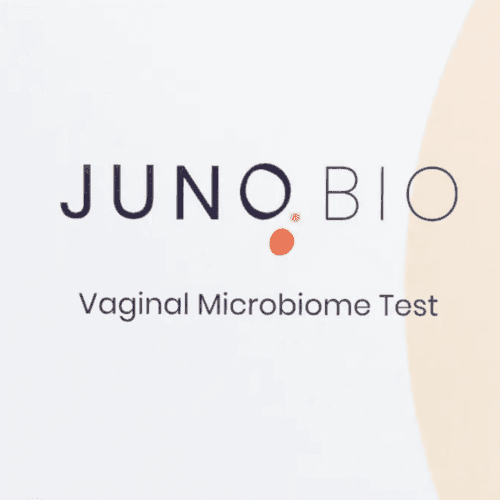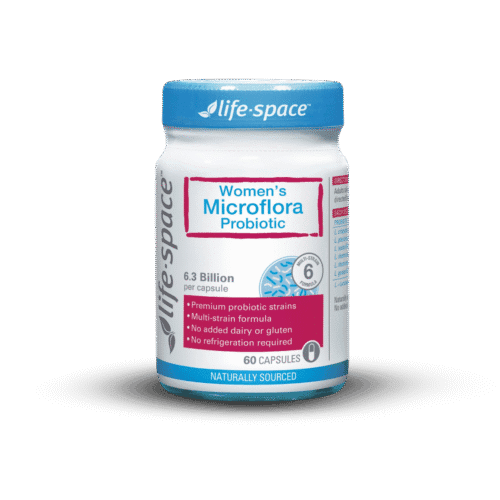There are a number of urinary alkalisers on the market that are used to alleviate the uncomfortable symptoms of a urinary tract infection while other treatments have time to work.
Urinary alkalisers are typically made of either potassium citrate, sodium citrate or sodium bicarbonate (bicarb soda). The point of a urinary alkaliser is to reduce the symptoms of a urinary tract infection by creating more alkaline urine.
Making your own urinary alkaliser at home
You can use regular bicarb soda as a urinary alkaliser at home. No need to buy anything, except the shop-bought urinary alkalisers taste better.
Using a urinary alkaliser will not cure your urinary tract infection; there is no evidence of any impact on the infection across multiple studies. You can use urinary alkalisers as a tool only when used with other treatments, if it helps and if it doesn’t interfere with other treatments1.
The pH of urine matters
Some treatments work better in an alkaline or acidic environment. Standard treatment for UTIs is antibiotics (but there are other options – see the UTI page for more information), with some research showing that there is a benefit in some cases to urinary alkaliser use with antibiotics.
This is due to the urinary alkaliser reducing the minimum amount of antibiotic required to kill the pathogenic microbe that is causing the UTI2. This is also in the face of research that shows a urinary pH within favourable levels can have an antibacterial effect by itself3.
However, it’s unclear if this ‘favourable level’ means alkaline or acidic, or neutral, and which bacteria it applies to. Some bacteria do better than others in various pH environments, so it depends mainly on which bacteria are causing the UTI.
Some pathogens (urease-positive bacteria like Proteus mirabilis, Morganella morganii, Providencia stuartii) raise urine pH (by splitting urea to ammonia), making Hiprex less effective, as it requires an acidic environment to work.
Some herbal medicines for UTIs have pH requirements to work, such as uva ursi, which operates better in an acidic environment, while an antibiotic class, sulfonamides, is safer in an alkaline environment. In addition, strong alkalising diets can result in alkaline urine, which could interfere with treatments.
A 2016 Cochrane review concluded that ‘Until relevant evidence is generated from randomised trials, the safety and efficacy of urinary alkalisers for the symptomatic treatment of uncomplicated UTI remains unknown4‘.
2016 seems to be the last time anyone paid any attention to urinary alkalisers until the recent rescheduling of methenamine hippurate in Australia (October 2025). This decision to make Hiprex Schedule 3 Pharmacy Only was partly due to the everyday use of urinary alkalisers, which render Hiprex ineffective.
The problem in Oz: Australia and its love of urinary alkalisers
Only Australians and the Brits are accustomed to using urinary alkalisers as an alleged symptom reliever for the pain of UTIs. Colonial Australia presumably inherited this basically useless practice from their British ancestors; nobody else has heard of a urinary alkaliser. You’re not missing much.
Acidic urine can exacerbate UTI symptoms like stinging and burning while urinating, as the uric acid can harass inflamed tissue. Thus, some bright spark thought alkalising the urine might help, and this is, in theory, a good idea to explore, but the alkalisers do nothing to help a UTI, and this should have been abandoned a long time ago.
What urinary alkalisers do – and do not – do and why this matters for Hiprex
A urinary alkaliser doesn’t cure a UTI, but loosely and optimistically promises to help with ‘comfort’ over a few days. Urinary alkalisers have stuck around as a cheap, low-risk over-the-counter go-to for UTI sufferers in the UK and Australia, despite no evidence of any material benefit.
One cited reason for the rescheduling of Hiprex, a UTI preventative, is the widespread use of urinary alkalisers in Australia, since these products make Hiprex completely ineffective. Hiprex requires acidic urine.
How Hiprex works and why urinary pH matters
Urinary alkalisers render Hiprex unable to produce its active ingredient, formaldehyde, which requires a steady acidic pH like you would find in the bladder, leaving one of our ‘uninformed consumers’ potentially suffering from an infection without proper treatment. They may not know how to make their urine acidic or how to check.
Other factors can alkalise urine too, besides urinary alkalisers, such as strongly alkalising food and drink choices (think a vegan diet and bottled alkaline water), and antacids used for reflux and indigestion. Counterintuitively, acidic citrus fruits like lemons are actually alkalinising to the urine, and a plant-heavy diet can result in alkaline urine.
References
- 1.Kavanagh ON. Alkalising agents in urinary tract infections: theoretical contraindications, interactions and synergy. Therapeutic Advances in Drug Safety. Published online January 2022:204209862210807. doi:10.1177/20420986221080794
- 2.Flores-Mireles AL, Walker JN, Caparon M, Hultgren SJ. Urinary tract infections: epidemiology, mechanisms of infection and treatment options. Nat Rev Microbiol. Published online April 8, 2015:269-284. doi:10.1038/nrmicro3432
- 3.Ordaz G, Dagà U, Budia A, Pérez-Lanzac A, Fernández JM, Jordán C. Urinary pH and antibiotics, choose carefully. A systematic review. Actas Urológicas Españolas (English Edition). Published online September 2023:408-415. doi:10.1016/j.acuroe.2023.02.002
- 4.O’Kane DB, Dave SK, Gore N, et al. Urinary alkalisation for symptomatic uncomplicated urinary tract infection in women. Cochrane Database of Systematic Reviews. Published online April 19, 2016. doi:10.1002/14651858.cd010745.pub2

Get a fresh perspective with a qualified, experienced vulvovaginal specialist naturopath.
This product has multiple variants. The options may be chosen on the product page
The most comprehensive vaginal microbiome test you can take at home, brought to you by world-leading vaginal microbiome scientists at Juno Bio.

Promote and support a protective vaginal microbiome with tailored probiotic species.






